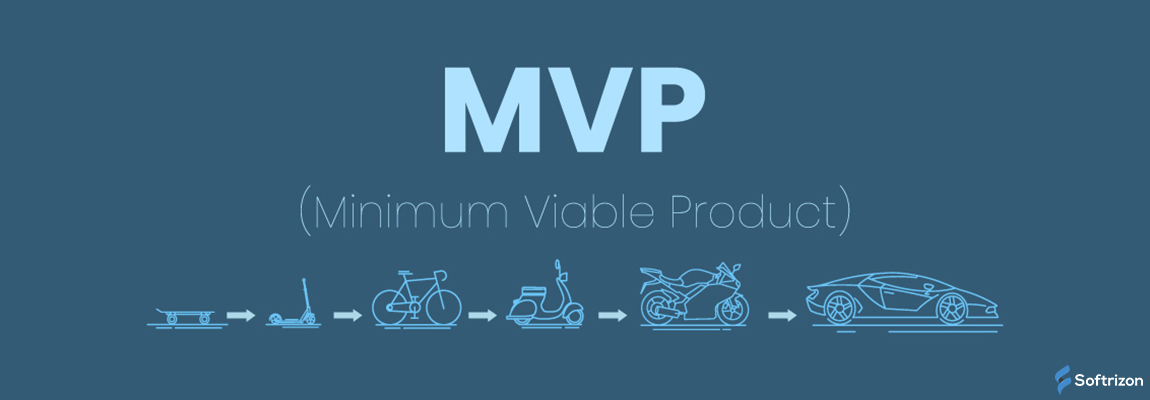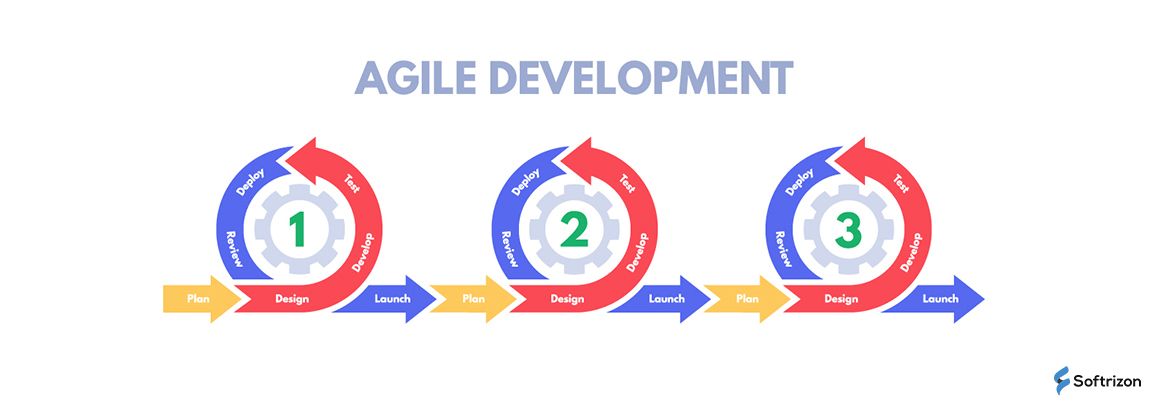Launching a new product is inherently risky. That risk is compounded if you are not entirely sure that the product you’re unveiling fits your audience perfectly, solves their problem completely, and that both of those benefits are communicated without any misunderstandings. When it comes to software development, how do you know that you’re creating something that people want, need, and willing to pay for and use? How do you find out if your audience will like your product, what should be improved, and what should be removed without spending a fortune on development and redevelopment?
The answer is creating a minimum viable product. Also called an MVP, this offers just enough features and capabilities to satisfy your audience’s needs and does not require a ton of time or money to develop. It’s also capable of creating excitement in your audience and amplifying the conversation surrounding what else the product could do, what it could do better, or what it doesn’t need to do.
In this blog post, we will explore MVPs, their role in your software development activities, and what you need to know to use these tools to their fullest extent.
Join other businesses to get the latest insights from Softrizon delivered right to your inbox.
The Challenge with Product-Related Assumptions
According to Inc., Harvard Business School, and other sources, most new products fail not long after launch. One study highlight that up to 80% of grocery store products fail within their first few months. Technology products are no exceptions, and software products regularly fall on their faces, disappointing developers and stakeholders. For instance, the Standish Group highlights the fact that almost 70% of technology products end in partial or total failure. Why is that, though?
Often, products are developed based on little more than an assumption. You assume that you know your customers’ or clients’ pain points and challenges. Then, you assume that the functionality you’ve built into your app or the features in your software is ideally suited to solving those problems. Finally, you assume that your audience is:
- interested in what you have to offer and
- willing to pay for it.
As you can see, there are lots of assumptions in that mix. The problem with assumptions is that they are usually based on gut feelings, intuition, conjecture, and sometimes wishful thinking. Notably missing from that list is factual data. When products are developed without supporting evidence that they achieve something of value and that the audience is interested in the solution, failure is inevitable.
What is the solution, then? Developing an MVP and then iterating from that point.
What Is an MVP in Software Development?
To recap, an MVP, or minimum viable product, is precisely that: a product that offers the minimum functionality needed to address customer needs. In other words, a barebones product that is exclusively focused on doing a few things that benefit your audience, rather than everything you could possibly cram into it.
Let’s look at an example. Consider the cellphone. It is most certainly not an MVP. However, if you trace its evolution back to the very first telephone, you eventually find what we would consider a minimum viable product.
- The first phone offered very little functionality – the ability to make voice calls.
- It spoke directly to a single pain point – the need to communicate across long distances.
- It provided the platform required for new features and capabilities to be added over time.
From that explanation, we can see that an MVP is broken down as follows:
M: The product offers a minimum set of features.
V: The feature set is viable enough to provide value to your audience.
P: The product is not a prototype, though, and is ready for use.
When Is an MVP Right for You?
While MVPs are highly beneficial, they may not be appropriate in all situations. Is it right for you? Some of the most common reasons for going this route include the following:
- The need to get a product to market as quickly (and affordably) as possible.
- The desire to test an idea for software or an app before committing large amounts of capital to a full-fledged rollout.
- The need to learn more about what your users value the most.
What Advantages Does an MVP Offer?
If you’re considering web application development, mobile app development, or software development, it pays to understand the many mission-critical advantages that offering an MVP can provide. Some of the most important include the following:
- Get actionable, accurate feedback from real users concerning features and functionality before committing to a more extensive app or more robust software.
- Ensure that your projected offering is something that your audience members actually want and are willing to pay for.
- Attract investors to your offering and allow them to get in from the beginning.
- Test ideas, features, and functions to find the right mix to address your audience’s needs and/or pain points.
- Gather feedback and intelligence regarding your app or software, including how it compares to competing products, allowing you to iterate and out-compete those products when you finally launch the full version.
- Reduce your cost of entry to the app or software market by starting with a no-frills, affordable option and increasing features and functionality as your budget allows over time.
- Save time and money by skipping market research and instead getting feedback directly from your audience.
Steps to Defining Your MVP
As you can see, there is a lot of value to have with an MVP, but how do you get started? It is actually not that complicated. A few simple steps will get you on your way.
1. Align with Business Objectives
First, make sure that the app or software you are developing aligns with your business objectives. This can be either a direct alignment, or it can complement your current business model. For instance, grocery stores like Publix and Kroger offer mobile apps that help connect their customers with coupons, BOGO offers, and the like that get them in the doors. How does your app/software idea dovetail with your business objectives?
2. Solves a Problem
Next, make sure that your software/app idea actually solves a problem for your customers or clients. It would help if you had at least some idea of your audience members’ problems and how you can help them solve those challenges. If you do not have a good idea of your audience’s challenges, you will need to conduct market research. Again, guesswork is the wrong option here.
3. Functionality
This one ties into the previous step directly – based on the problem you want to solve, find ways to do it. What features and functions are necessary? How can you bake those into an app that offers the proper flow and intuitive controls? Remember that you’re designing the app, not for your own needs, but to provide convenience and a positive experience for your users, so outline the design with them in mind. A few questions to answer at this stage include:
- Do the features directly speak to user pain points?
- Is the app easy to use?
- Does the app’s design and flow work for end-users?
4. Check Yourself
It can be tempting to think of an MVP as your chance to test half-finished concepts. Don’t do that. Remember the V in the name – it must be viable. For it to be possible, it must support your users in completing an entire task or project. It cannot be half-finished. So, while you might only have limited functionality, it must be complete functionality.
5. Minimize Design and Maximize Value
The entire point of creating an MVP is to find the correct balance between design and value. Too minimal of a product will turn your audience off, but too much focus on innovation may overwhelm the limited functionality. Start with essential functions and the design required to support those, and then iterate over time.
Bring It All Together
By this point, you should have everything necessary to get started, with one exception – a trusted partner offering software development services. Most small and medium (SMBs) businesses today do not have the in-house talent necessary to design applications or other software. That means you’ll need to look at outsourcing software development. Finding a trusted partner that understands your vision for the MVP, as well as the mercurial and ever-evolving nature of minimum viable products in the first place, is critical.
At Softrizon, we specialize in helping SMBs compete with enterprise-level organizations. We leverage our in-depth expertise and experience and connect you with the top 5% talent in the software development space with a single goal – to bring your vision to life. Whether you’re developing an app for consumers, business users, or in-house use, we can help. Contact us today to learn more about our software development services and how we can help you create a dynamic, well-received MVP and then grow it over time.




